The internet is an interesting place, when it’s on your side it can be an extremely helpful and useful resource. When it turns on you you’ve got to act fast before it swiftly ruins a reputation you worked so hard to build.
When Jalopnik published their first article about a set of COR Wheels failing underneath a track driven Mustang things got out of hand faster than everyone involved probably could have anticipated; Facts were lost or skewed, opinions were rampant, and criticisms were quickly dolled out by the under-informed.
To their credit the writers at Jalopnik are great at sensationalizing the smallest of stories, and that’s part of what makes the site so interesting, but as the saying goes there are at least three sides to every story and now that the dust has settled the founders and product leaders at COR Wheels have agreed to share their side here on Stance Is Everything.
Since COR had been around for several years prior to this incident I thought it important to ask some basic questions regarding the history of the company to get an idea of who was running it and how it got off the ground.
From there the interview shifts towards production and then finally addresses the matter at hand with the Mustang situation.
How long has COR been in business and how did it all begin?
COR has been in business for 7 years. We (Chris and Robert) are the founders and we (previously) worked for wheel manufacturers both in the US and in Europe.
Realizing that working for someone else would never allow us to fulfill our goals we gambled all we had to start a business.
At what point did the two of you realize that making wheels was what you wanted to do for a living?
I was always a car guy. Ever since I was 13-14 years old, I subscribed to magazines like Motor Trend and Road and Track. I read them cover to cover –including the classifieds– and I must confess, I still have the iconic 1980’s White Lamborghini posters in my garage!
When I was graduating from the University, I decided to start looking for a new job. Back then I worked at an Aerospace firm that would handle repairs, maintenance and retrofitting of airplanes. In the same month I was closing on a new house, marrying my wife (19 years now), and into my last semester at the University, and began work at Fittipaldi and OZ Racing wheels. I certainly did not plan it that way, but in the midst of all my planning, I received a phone call after having interviewed with them a year earlier. It was destiny.
From the moment I got involved with wheels I was fascinated by them, and just how fundamental a part of tuning and personalizing one’s car it was.
Would you say you are more car enthusiast than businessman or vice-versa?
Definitely started out more car enthusiast.
Jim Stovall wrote, “He who loves his work never labours”, and I genuinely believe that. However, we live in a very dynamic and fast changing world, and you MUST be a businessman if you are to be around any length of time.
Our first few years were certainly the most trying, especially when you consider the mortality rate of new start-ups in their first 2-3 years. Sometimes a week will go by, and I will not have read any of the car magazines or visited a single car forum.
The reality is that once you are responsible for 16 other individuals and their families, you have a lot on your shoulders, and they are all looking at you to make the right decisions.
When designing a wheel how do you determine which make their way from the concept to R&D?
We have gone about it several ways, but we often begin with trying to identify what car we think will be popular in a given year.
Additionally, my partner and I have always said that we get one time a year in which we can override one another.
The ultimate decision is ours, but we take input from our staff and clients VERY seriously. Fortunately, the ability to model in 3D and Photoshop a proposed design onto the car really makes it easy for someone to visualize the way a wheel will look on a vehicle.
Do you use analysis software (Ex: ANSYS) to run scenarios on new designs, are there engineers within the company to run analysis such as this?
Our testing is done by NX Nastram, which we have found very well suited to this.
Do you then do destructive testing on the wheels? If so to what standard?
We perform a structural test, which essentially makes the wheel unfit for the road, but does not always end in destruction! You see, FEA (Finite Element Analysis) is only a tool to ferret out any potential issues with a design.
Ultimately, every design will undergo a structural test at an independent laboratory. These tests are usually run to the SAE (Society of Automotive Engineers) standard.
What international, or domestic safety standards do they adhere to and does every wheel adhere to these standards?
They conform to the TRA standards (Tire and Rim association) and as described above are tested to SAE standards.
How often are wheels brought ‘back to the drawing board’ if a design fails tests?
A wheel rarely fails a structural test once it has passed FEA, so fortunately this does not happen too often. What we have had to do is modify the appearance of the wheel, sometimes a lot more than you would want, in order to increase its load capacity for heavier vehicles like SUVs and some of the larger body sedans.
In the case of the Mustang wheel has a cause of failure been determined? If so what was it?
We were able to analyze the wheel in question, and it had undergone a variety of modifications after initial construction. It had been disassembled and reassembled, the surface of the wheel had been machined after the fact in order to run a smaller width outer rim section, the wheel was repainted, and it was assembled with fasteners that did not originate from our facility.
Ultimately, the owner utilized this wheel for racing on a track, on multiple occasions. In that environment there are a multitude of factors which are at work, this is why racers learn to inspect their equipment after each race.
There is no doubt in my mind that this wheel likely exhibited indications of stress, which were ignored, not looked for, or obscured by the aftermarket paint. The testing that this wheel went through (SAE) was designed for a product to be used on the street.
This does not mean that it cannot be safely used in a spirited manner, but it requires responsibility on the user to monitor the conditions of his equipment. Furthermore, had he consulted with us his intended use, we would certainly have encouraged him to consider other forged products we offer that are better suited for that type of activity.
What has the company learned from the Mustang incident? Has there been a change in processes since that time and perhaps a shift in mentality at the design level?
At the design level, we really have found little we could have done to have foreseen or prevented this. In terms of the company, we have certainly decided to be less accommodating of clients who want to make modifications to their wheels outside of our environment.
One area in particular has been on finishing. When we first opened our doors, we had to outsource many operations. Finishing was an area that we simply were not experienced with, so we entrusted this work to an outside firm.
We gave them very clear processes that needed to be followed to ensure the integrity of the product, and later we found they were not following our guidelines. This prompted us to add finishing to our in-house process.
At this stage, we do all machining, polishing, painting and assembly in-house. This allows us to maintain strict quality control over the product that we manufacture.
Do you/did you follow Jalopnik? / Anything personal against Jalopnik?
Never heard of them before this incident, and hold nothing personal against them. I do regard the journalistic trend towards sensationalism and poorly researched “stories” to be quite disturbing.
It is certainly not unique to Jalopnik, and it has become pervasive throughout the internet. I personally read a lot of news online, and one of the first things I do when reading something is consider its source.
The Jalopnik post was posted as an investigative story (or gave that impression), yet the author/writer made no attempt to contact our organization or familiarize himself with the situation. I think you understand my feelings.
– Editors note: totally understand his feelings here!
Would this issue have been handled differently had it not hit the media?–
I do not think the media affected the resolution, but rather his involving his attorney.
The letter we received from the attorney (as of this writing they have never actually pursued us in court as they would likely lose), was full of fabrications and lies that essentially said the car was being paraded around the track at 40 mph.
This contradicts eyewitness accounts which have been conveyed to us about his activities at this and other events in California. In any event, he never once bothered to contact us directly prior to engaging us with his attorney.
It is my understanding that the he was offered a replacement set of wheels by the retail store, prior to us even receiving the wheels for inspection. Imagine, all we are seeing are photographs of a wheel in a color completely different than what his invoice states, and we were still trying to get him going again.
Once he asked for compensation for damages incurred, again via a 3rd party and never directly with us, it was requested that the wheels be returned for inspection. Next time we heard of this matter, was a letter from their attorney.
What can we expect from COR in the future?
COR continues to strive, to lead the forged wheel industry. This year we introduced the all new Duobloc design, which is different from any other forged product previously offered.
Essentially, we are able to offer our clients the deep concavity of our super concave 3-piece product, with the flush to rim edge look of a monobloc. We are very excited about this, and so far it has been extremely well received.
New ideas for the future? Well, I guess you will just have to wait! 🙂
Is there anything else you would like to add?
We take great pride in the products that we create and manufacture. Although our business has grown over the years, we all still act as though we are part of a family.
It is the single biggest responsibility as an owner, that we make sure each and every individual is pulling in the same direction, and so far we have succeeded. We are right here in the USA, and anyone of your readers is welcome to stop in, meet us in person and see for themselves what we are all about. In today’s day and age it is easy to cower behind a monitor and maliciously defame someone else.
The internet is a great big uncensored soapbox for all to voice their opinions; it is the wild West, and you will find good and evil, truths and falsehoods. I only hope that your readers will be able to exercise judgment in what they read and take the time to find out that, as usual, there is more than one side to any story.
Big Thanks to Chris, Robert, and Mike at COR for giving their honest opinions and answers to the questions exclusively to Stance Is Everything.
It takes a lot to approach a situation like this head on (and lawyer free) and shows a lot of integrity to handle the matter in which they have now.
More formation about COR Wheels can be found at corwheels.com.
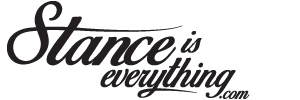
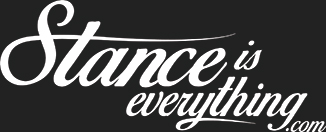
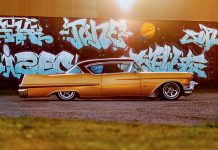
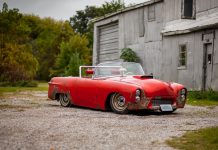
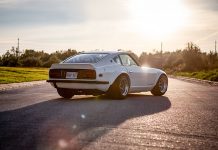
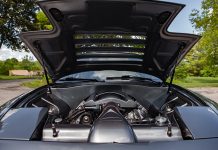
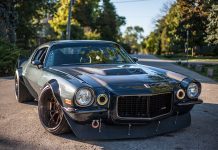
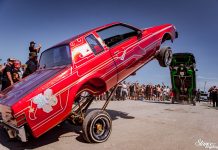
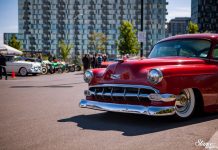
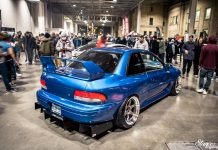
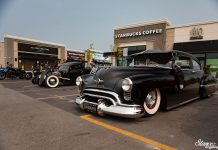
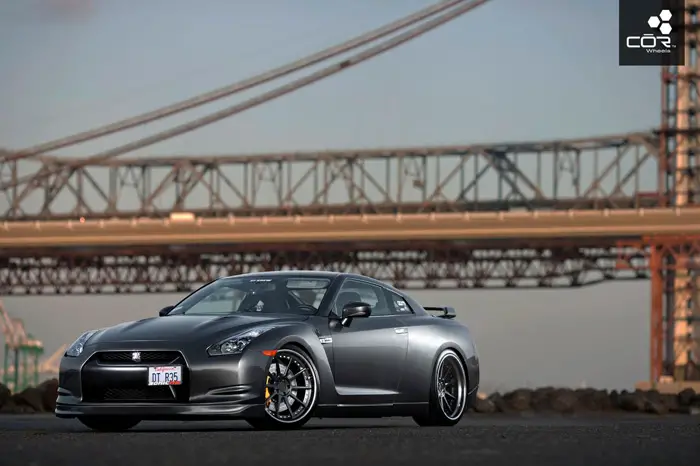

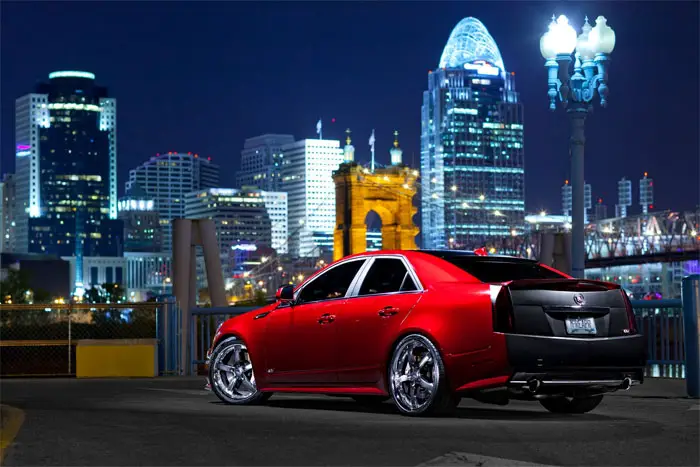
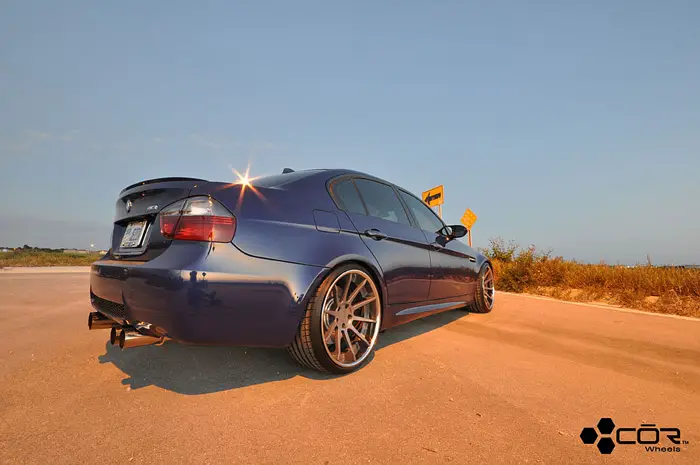
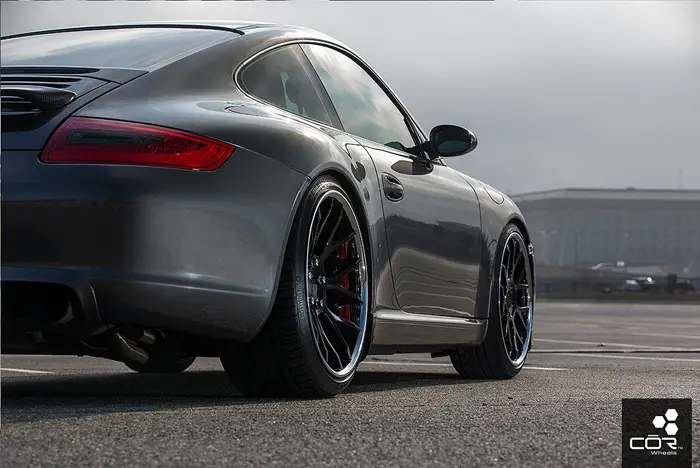
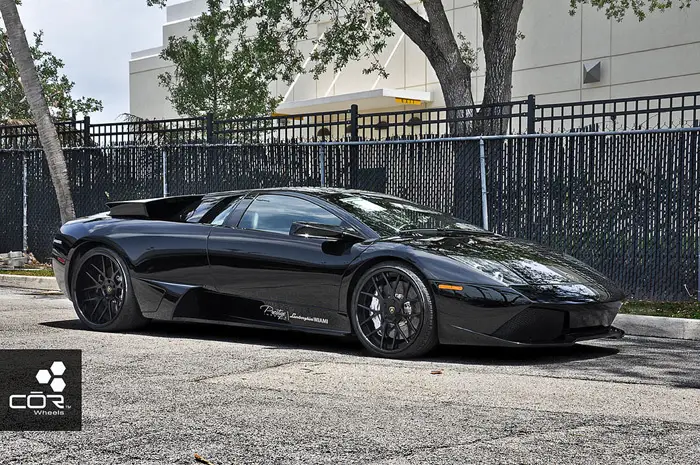
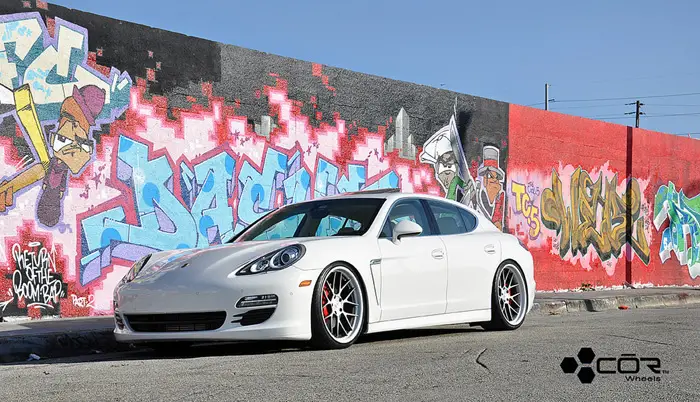






Nice work Dave. Thanks for the answers Cor. Good stuff.
Except that time they sent SIE a threatening letter from their “legal department” part of the family, and actually sent it to your web host and domain registrar and not to you directly even thought your contact info is on the site.
For that fact alone, they have lost all credibility in this article.
“I think you understand my feelings.”
Hope this does something to stem the tides on the bs. Not only does it sound like they were more than willing to help out. You just don’t take anything to the track if you’re not willing to except that it may not come home with you.
Good job on the answers. Obviously they had time to tailor them just right, but it feels sincere enough. Needless to say, if the broken wheels were indeed modified so extensively, then COR had nothing to worry about.
I assumed that COR was some fly-by-night operation, but it sounds like they’ve put more than a little thought into the design and production of their wheels.
Having your own business is profitable than working under some other person.I like that you thought of starting new company. Buying new wheel is costly, so people prefer repairing when it is possible. I would suggest you to add repairing also into your business.